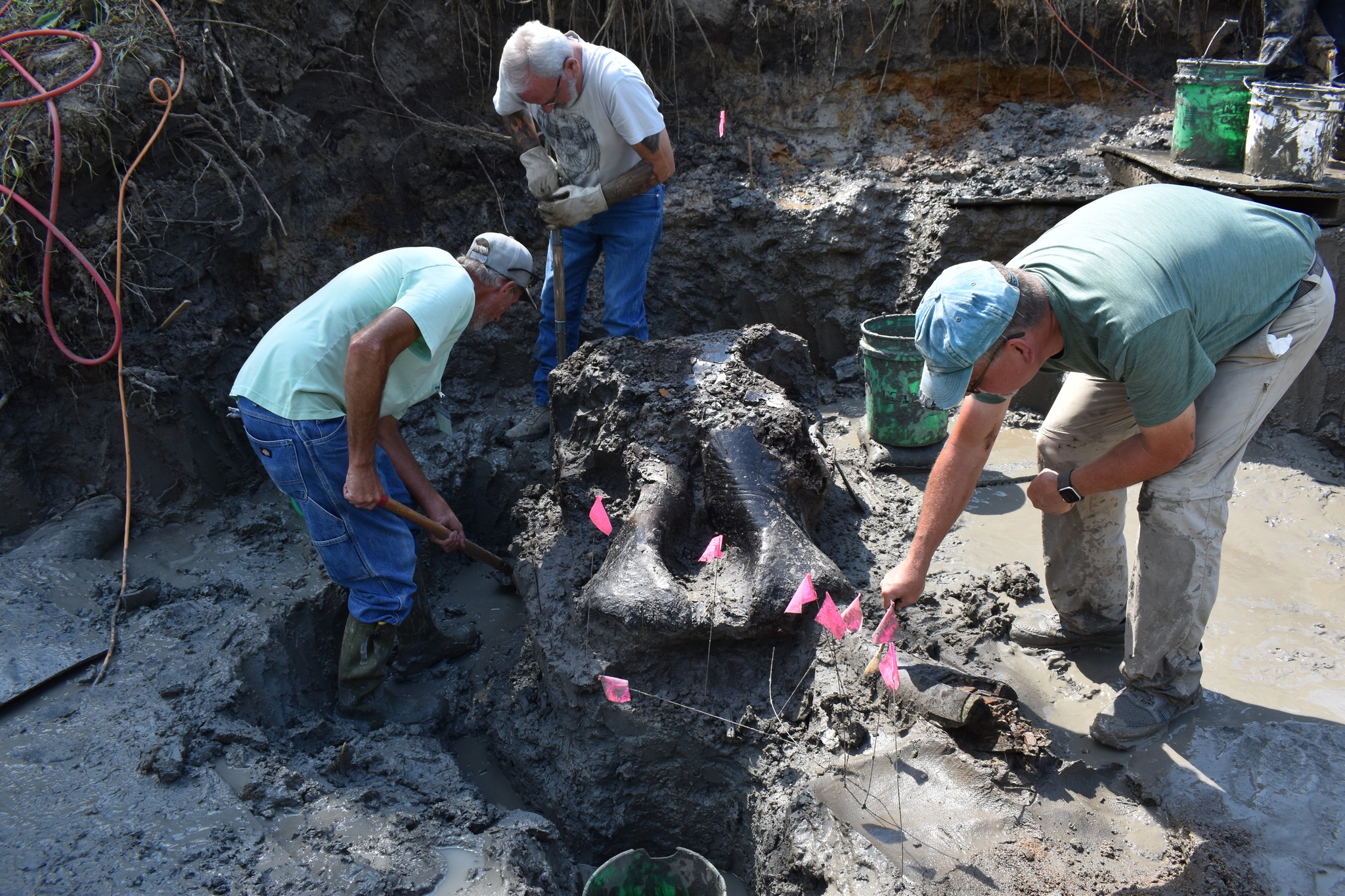A journalist is facing criminal charges in Peru for allegedly looting remains from pre-Hispanic graves, after he caused a stir earlier this month when he presented them to Mexico’s Congress as evidence of alien life. The event has also led to claims of fraud from the science community, which have dismissed the findings as a hoax.
Jaime Maussan, the investigative journalist in Mexico who had presented the alien bodies to Mexico’s Congress, has a history of making similar claims later proven to be false, outlined in depth by Smithsonian Magazine. In 2017, the prosecutor’s office in Peru even determined that the bodies presented in those claims were essentially a papier-mâché project.
But the latest stunt has angered Peruvian culture minister Leslie Urteaga, who has raised the alarm about how the specimens, which she believes are pre-Hispanic objects, left Peru, and has said that a criminal complaint has been filed, according to Reuters.
Still, when the incident went viral, the popular astrophysicist Neil deGrasse Tyson seemed to express he was on board with the further study of the purported alien bodies in an interview with CNN, as the Daily Mail reported that an unnamed NASA contractor is expected to examine the specimens. The Daily Mail‘s reporter was unclear as to whether the undisclosed contractor would be investigating the specimens in line with their work for NASA. Artnet News has reached out to Maussan to verify that a NASA contractor will study the specimens and for additional comment.
“I like what they did in Mexico. They had what they claimed were alien bodies and they brought it out in front of their Congress. That’s better than leaving them in a lock box and saying you and no one else can get to see them,” Tyson, the director of the Hayden Planetarium in New York, told CNN.
The astrophysicist urged Maussan to “let other people, skeptical people, in other labs test this to verify it or falsify it.” Maussan shared the clip of Tyson speaking to CNN on his Facebook.
“That is what we are asking for: That the laboratories of the world, science, help establish that they are,” Maussan said.
Still, Tyson outlined his skepticism of the extraterrestrial origin of the remains.
“If they’re from another planet, why do they look so human? They have two eyes and nose and mouth, shoulders, hips, and a femur. Why does most life on Earth share DNA in common with us but looks nothing like us?” Tyson said.
He added that, when human remains are mummified, it leaves an open hole to the skull because there is no bone in the human nose.
“These aliens have intact noses, if indeed that is the nose,” Tyson said. “That’s odd.”
Tyson’s comments echoed those of David Spergel, NASA’s top UFO investigator, who also did not entirely shut down the plausibility of the alien remains during a panel hosted by the space agency on Sept. 14.
“This is something I have only seen on Twitter. But when you have unusual things, you want to make data public. I think of this, that NASA has one of the most valuable samples from outer space – lunar rocks. What do we do? We make them available to any scientist who wants to work on this,” Spergel said.
“We don’t know the nature of those samples that were shown… My recommendation is, if you have something strange, make samples available to the world scientific community, and we’ll see what’s there.”
More Trending Stories:
Follow Artnet News on Facebook:
Want to stay ahead of the art world? Subscribe to our newsletter to get the breaking news, eye-opening interviews, and incisive critical takes that drive the conversation forward.


